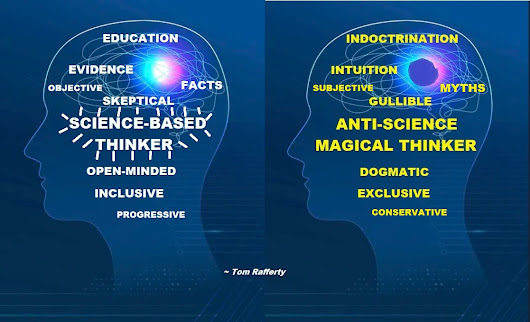"Today Morales Pantoja is a postdoctoral fellow at the Johns Hopkins Center for Alternatives to Animal Testing, where she is helping to develop lab-grown models of the human brain. The goal is to advance scientific understanding of neurodegeneration while moving the field beyond what some researchers see as an antiquated reliance on animal models.
"Millions of rodents, dogs, monkeys, rabbits, birds, cats, fish, and other animals are used every year for research purposes worldwide. Exact numbers are hard to come by, but advocacy group Cruelty Free International estimated that 192 million animals were used in 2015. Most of this work occurs in four broad domains: cosmetics and personal products, chemical toxicity testing, drug development, and drug-discovery research."
Click on the link below for the details:


